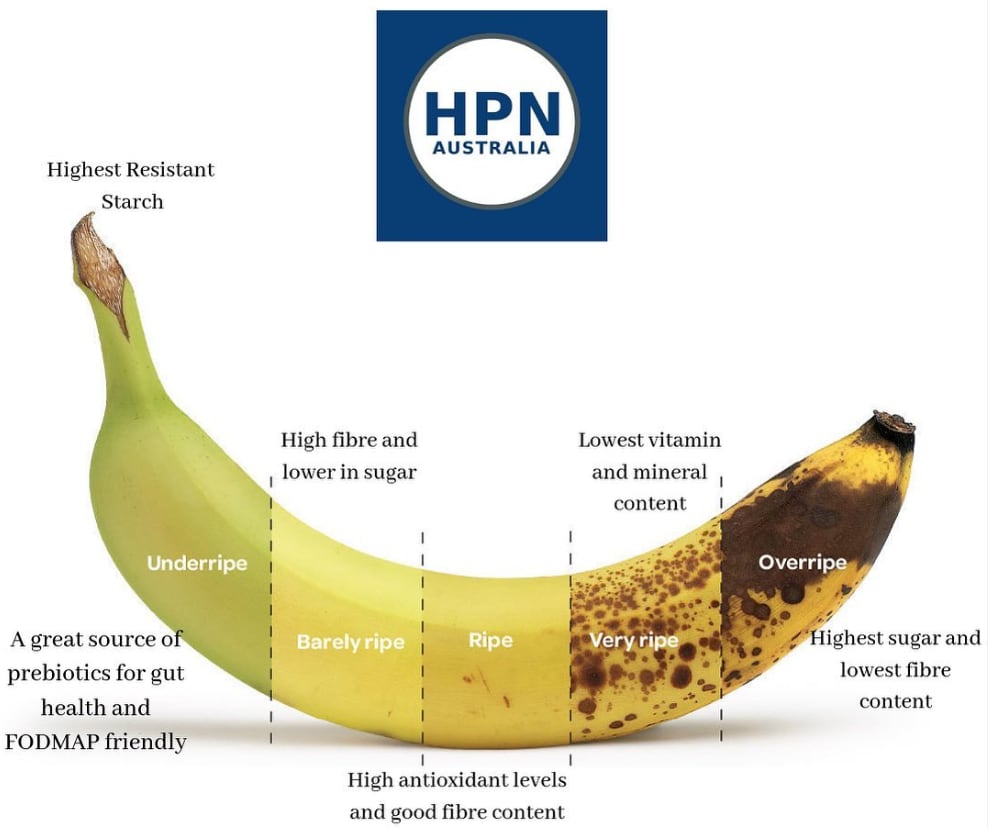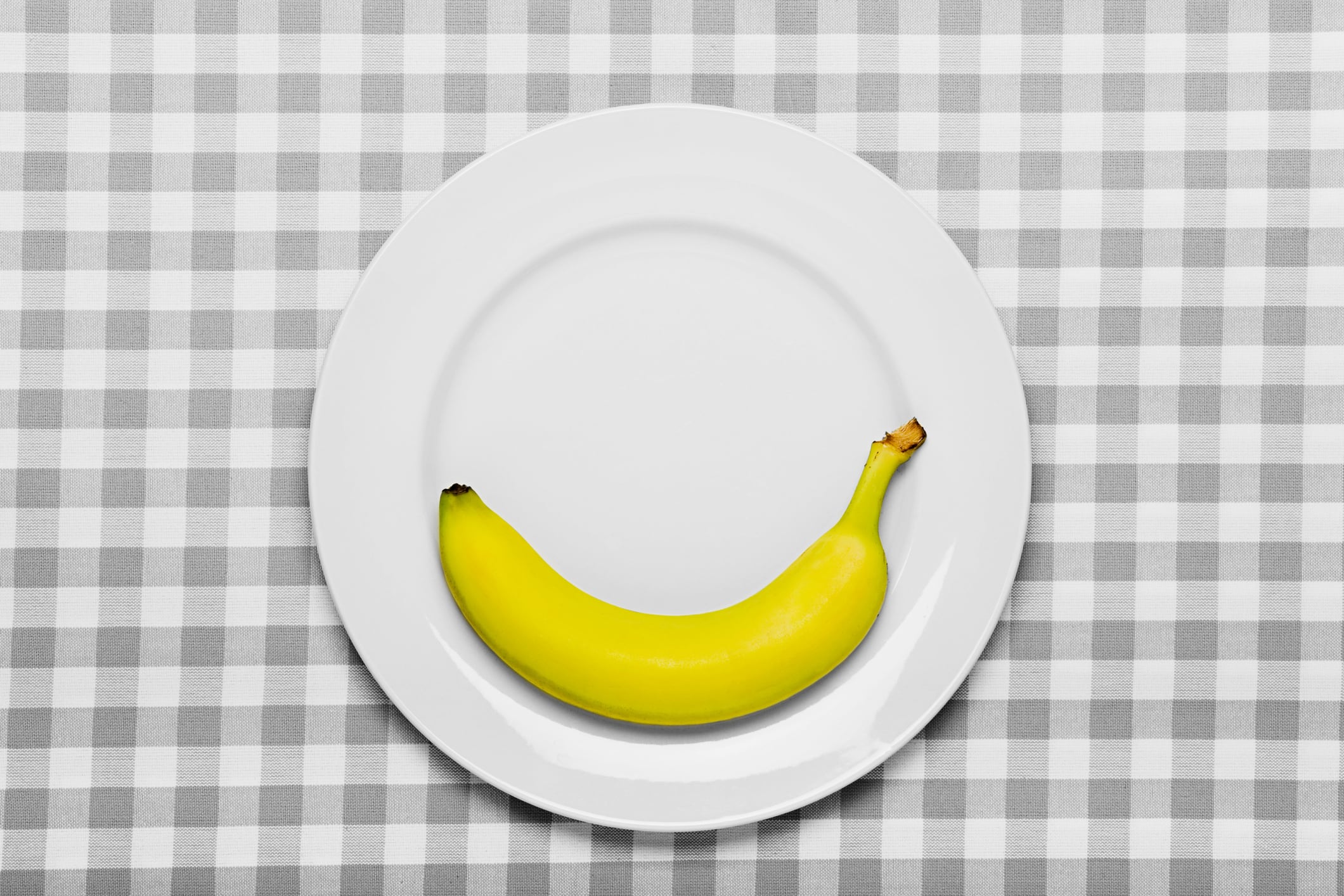Underripe bananas are a great source of prebiotics for gut health and FODMAP friendly, while overripe ones contain the highest sugar and lowest fibre content but are rich in potassium, Vitamin B6, Vitamin C and Fibre, according to sports dietitian Ryan Pinto.
The nutritious and potassium-rich yellow fruit could claim to be the first ‘superfood,’ suggests the Harvard T.H Chan School of Public Health. Bananas were endorsed by the American Medical Association in the early 20th century as a health food for children and a treatment for coeliac disease. One medium ripe banana provides about 110 calories, 0 grams fat, 1 gram protein, 28 grams carbohydrate, 15 grams sugar (naturally occurring), 3 grams fibre, and 450 mg potassium.
But there is confusion surrounding bananas, added the school, with unfavorable claims suggesting that bananas cause weight gain and constipation.
According to Pinto, who runs a clinic in Australia helping athletes to improve their nutritional intake, this confusion arises from their various stages of ripeness. “The best way to understand how the health of a banana can change is by investigating what really happens to them internally over time,” he wrote on his Instagram page, High Performance Nutrition AU.
Green bananas: good for the gut but taste bitter
Youthful green bananas, he explained, are low FODMAP and also full of resistant starch, the nutrient that makes your digestive system work a little harder. The starch content in green bananas contributes to their waxy texture and is also the reason why they seem to fill you up so quickly and can also make you feel gassy or bloated. They are also not as sweet as older bananas.
“If you’re looking for a banana that’s lower GI, go for a green one. Eventually, your body will break this starch down into glucose. This way, green bananas will raise blood sugar levels slowly. The trade-off here is taste. Green bananas can be bitter, as they contain less sugar in every bite,” he said.
Yellow bananas boast high antioxidant levels
Yellow bananas have high antioxidant levels and good fibre content, he noted, with the gradual shift from starch to sugar creating a softer and sweeter banana. “While the yellow variety is higher on the glycemic index, they are actually easier to digest. With less starch to break down, your digestive system will soak up the nutrients quicker,” he explained. “Unfortunately, there is always micronutrient loss as bananas age. To make up for this, yellow bananas are more developed when it comes to antioxidants.”
With regard to spotted bananas, not only do brown spots show that a banana has aged, but they also indicate how much starch has been converted to sugar.
“Ultimately, the greater the number of brown spots a banana has, the more sugar it contains,” noted Pinto. “You can also view brown spots as tiny immune system boosters. Spotted bananas are so rich in antioxidants that they have been linked to cancer prevention. Tumour Necrosis Factor (TNF) which functions to destroy tumours, is linked to those brown dots.”
Brown bananas have the most potassium
When a banana is brown, the resistant starch is practically now all sugar. “Just as the starch has broken down into sugar, chlorophyll has taken a new form as well. This breakdown of chlorophyll is the reason why antioxidant levels increase as bananas age. All bananas are around 100 calories, low in fat and are rich sources of Potassium, Vitamin B6, Vitamin C and Fibre.”

Bananas offer a wide variety of uses across the food industry
Pintos’s analysis offers more information for food producers looking for ways of exploring uses for bananas at their various stages of ripeness.
The use of banana flours as functional ingredients, for instance, is growing due to their nutritional benefits derived from phenolics and dietary fibre. A 2014 study concluded that Banana's pulp and peel can be used as natural sources of antioxidants and pro-vitamin A due to their contents in carotenoids, phenolics, and amine compounds.
A study from February this year noted that the high level of bioactive compounds, especially resistant starch in banana flour, means the application of its flour in starchy foods provides a great opportunity for product development, even in gluten-free foods.
The “high levels of antioxidant activity, phenolic compounds, dietary fibres and resistant starch in banana pulp and peel,” it said, have made this tropical fruit “an outstanding source of nutritive ingredient for enrichment of foodstuffs”. It noted that researchers were using different methods of making banana flour (including oven drying, spouted bed drier, ultrasound, pulsed vacuum oven, microwave, spray drying and lyophilization).
The study aimed to find proper food applications for banana peel power. This, it said, could help the environment through sustainability by making use of secondary processing products and also help producers by creating value added food products.
It discovered that the addition of banana flour in gluten-added starchy products such as bread, cake and pasta did not negatively affect textural properties. But it said more investigation was needed especially on the application of green and yellow peel. It concluded further studies are needed to confirm the health benefits of banana flour enriched food products.
Another study in 2018 concluded the use of banana peel flour in the production of cereal bars was feasible and may favour the development of new products for different market niches.
Another 2009 study concluded that banana pulp and peel flour could be useful for controlling starch hydrolysis of yellow noodles, even though some physicochemical properties of the noodles were altered.
A 2018 study, meanwhile, suggested that chilled bananas ripen more slowly than those stored at room temperature, and that refrigeration dampens banana aromas.


